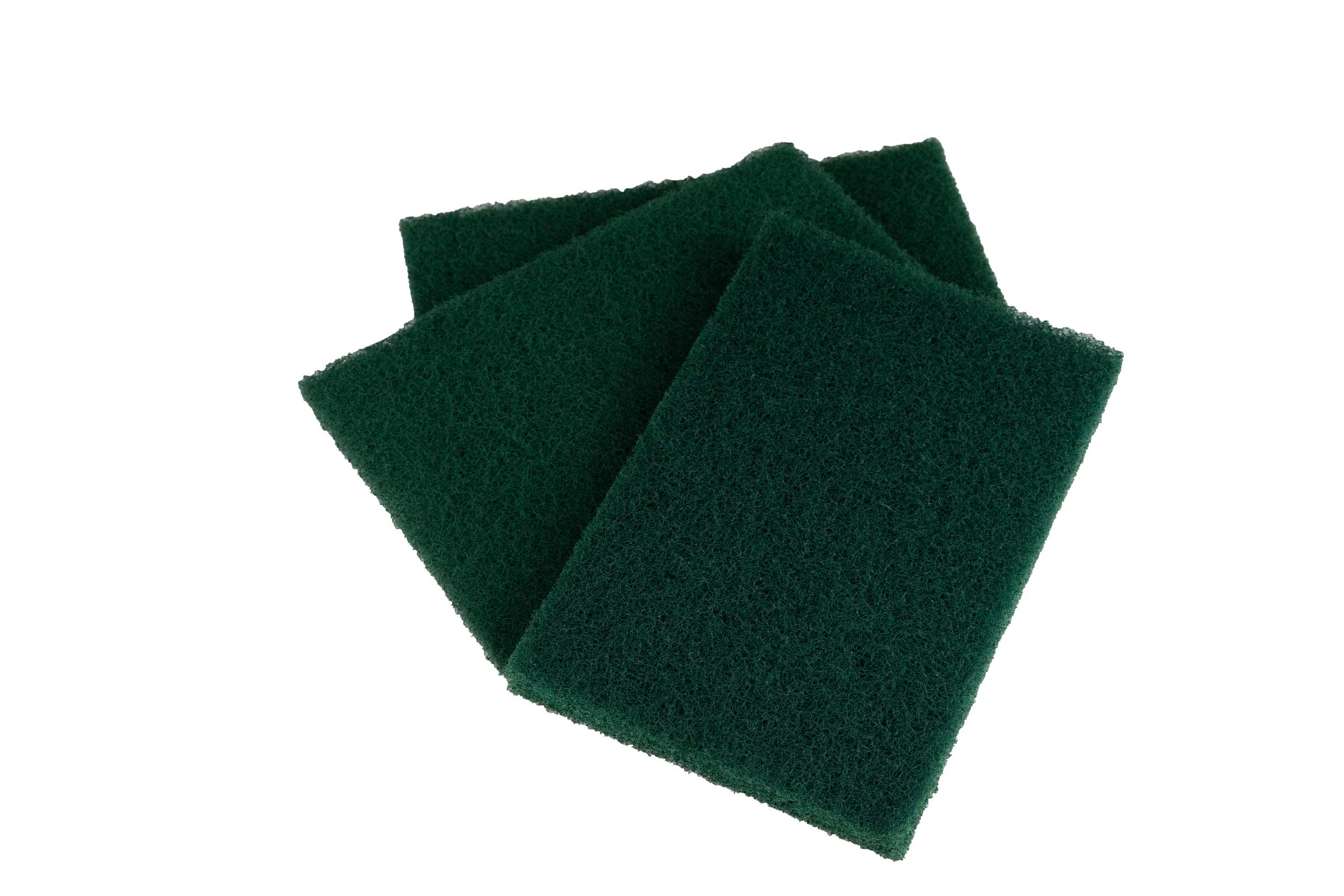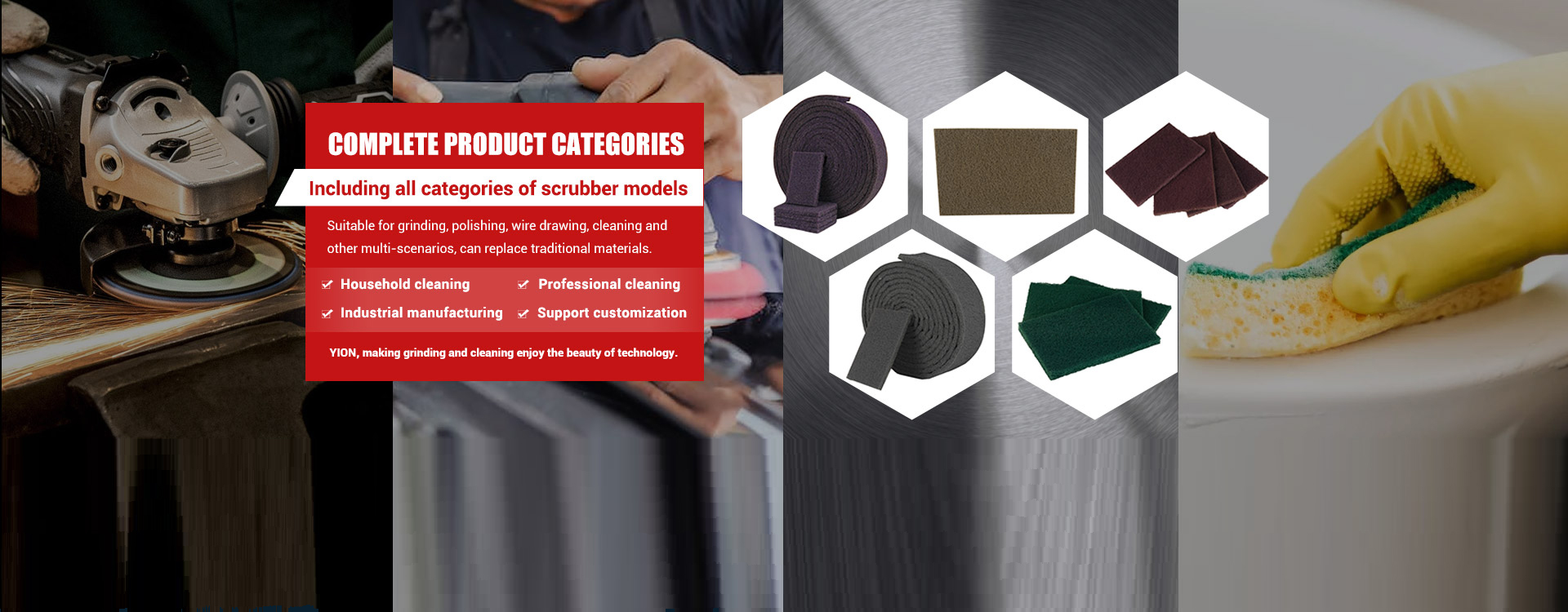A Precise Selection Guide for Scouring Pads
Selecting the appropriate scouring pad is crucial for enhancing cleaning efficiency, protecting the surfaces being cleaned, and extending the service life of the scouring pad. Here is a detailed guide for precisely choosing a scouring pad based on your cleaning needs:

Identify the Cleaning Object and Material: Clearly determine the material of the surface to be cleaned (such as metal, glass, ceramic, wood, leather, etc.), as well as its surface characteristics (such as smooth, rough, prone to scratching, corrosion-resistant, etc.). Different materials have varying requirements for the hardness, material, and texture of the scouring pad.
Assess the Type and Severity of Stains: Analyze the nature (such as grease, dust, rust, paint film, polishing residues, etc.) and tenacity of the stains to be removed. Heavy-duty stains may require hard, abrasive, or scouring pads containing special cleaning agents, while light stains can be tackled with soft, delicate ones.
Consider the Cleaning Method and Equipment: If cleaning manually, choose a scouring pad that is comfortable to hold and flexible to operate. If used in conjunction with electric or pneumatic tools, select a scouring pad that is compatible with the equipment and can withstand high-speed rotation or vibration. Also, consider whether a matching cleaning solution or spray device is needed.
Balance Cleaning Effectiveness and Protection Needs: While striving for efficient stain removal, consider the protection of the cleaned surface. For scratch-prone, sensitive, or precious materials, opt for soft, scratch-free scouring pads or those with a protective coating. For surfaces that need to maintain their original luster or texture, choose polishing or restoring scouring pads.
Consider the Usage Environment and Regulatory Requirements: In industries such as food processing, healthcare, and electronics, you may need to select scouring pads that are dust-free, antistatic, antibacterial, non-polluting, or compliant with specific industry standards. In environments with strict environmental requirements, choose biodegradable scouring pads that do not emit harmful substances.
Evaluate Cost and Benefit: On the premise of meeting cleaning needs, compare the purchase cost, service life, cleaning efficiency, consumable consumption (such as cleaning solution, water, electricity, etc.), and maintenance cost of different scouring pads. Choose a product with high cost-effectiveness and good overall cost-benefit.
Selecting the appropriate scouring pad should comprehensively consider factors such as the cleaning object and material, the type and severity of stains, the cleaning method and equipment, the cleaning effectiveness and protection needs, the usage environment and regulatory requirements, as well as the cost and benefit. This ensures that the chosen scouring pad can efficiently complete cleaning tasks while protecting the cleaned surface and adhering to economic and environmental principles.
 Angle Grinder Scouring Pad Pol
Angle Grinder Scouring Pad Pol
 A Precise Selection Guide for
A Precise Selection Guide for
 Key Considerations for Selecti
Key Considerations for Selecti
 The Innovative Power of Indust
The Innovative Power of Indust
